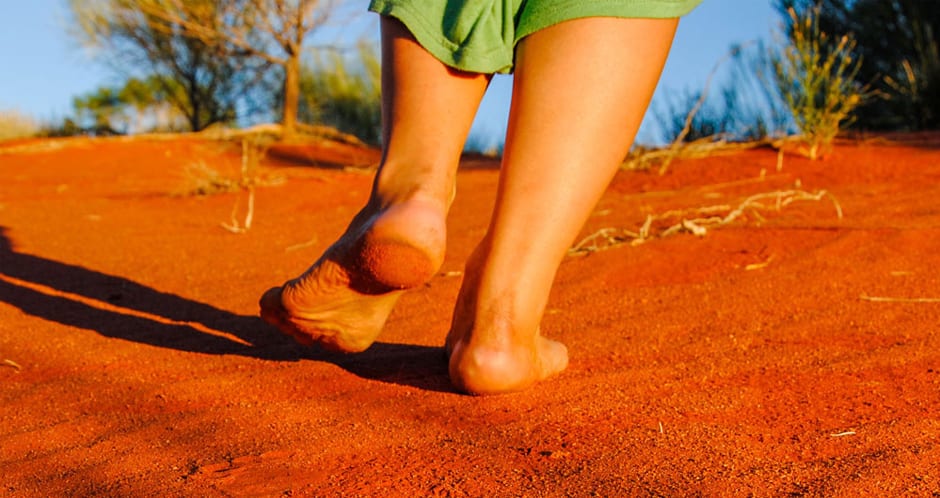
In a country as vast as Australia, finding ways to provide access to specialist health care to our rural and remote communities can be a major challenge, but recently, dedicated professionals like Rohan Corpus have made massive inroads in this difficult area. Rohan’s work sees him supporting 52% of the state of Queensland and finding ways to deliver an accessible health care solution for some Australia’s most marginalised and disadvantaged people has lead him to embark on a two-year project as part of the Indigenous Cardiac Outreach Program (ICOP).
Utilising modern telehealth solutions, Rohan has been able to assist in connecting Queensland’s Indigenous rural and remote patients with a range of specialists so that they can have consultations between their scheduled clinic visits. This, combined a with what Rohan likes to call a Telehealth Toolkit, has reduced the need for patients to travel, minimised patient inconvenience, provided health professionals with comprehensive access to a patient’s vital health information, and gives a more thorough picture of a patient’s condition, allowing greater management of their health and wellbeing.
Rohan is very excited about recent developments in the Telehealth area and the impact this will have on the Health Care industry. The original supporter of the system Rohan uses, Gold Coast based Telehealth Networks, and Melbourne based IT provider Trident Health have partnered to develop new telehealth services that will ensure that these innovative solutions will have state of the art diagnosis equipment combined with robust IT and communications infrastructure to deliver the service and support that’s needed for our health industry.
“Telehealth has the opportunity to release the financial and travel burdens for patients and can lead to a greater willingness to engage with health service, where previously these inconveniences can negatively impact and have limited community engagement opportunity.” Rohan says.
“This unique Telehealth system connects patients holistically to other services and specialists, resulting in a more thorough picture of a patient’s burden of disease and enhancing health management and overall individuals wellbeing. In addition, having a supplementary service between scheduled face-to-face consultations keeping patients connected and health effectively monitored to.”
Rohan has seen firsthand how the ‘hospital-in-the-home” delivery approach minimises the inconvenience to patients, particularly those who require specialty service assistance, such as the elderly, those with significant co-morbidities that alienate them, and those who are reluctant to engage with services for various reasons. “Quality Telehealth solutions are changing the way we can work with our patients and are bridging the gap between patients and care.” Rohan says.
“Early evidence indicates that patients and community health enthusiasts have found the tool easy to navigate and the simplicity in its comprehensive data collection results are ideal. The ease of access and navigation makes it a suitable system for rural and remote application, with minimal risk of human error.”
Speaking about Trident Health’s C2C Connect 2 Care systems, Anthony Fighera is enthusiastic about how care providers are embracing the Telehealth solutions, “We have been engaging with a wide range of health providers and they are keen to integrate our solutions into their service offerings. The idea of being able to extend quality care to patients challenged by distance or accessibility is very attractive.”
“For the past 18 months, Telehealth Networks have worked with Indigenous health workers who are very receptive to the telehealth solution and felt this would fill the current gap in Indigenous health care.”
As Australia’s health care providers seek new both comprehensive and innovative ways to address the current challenges facing them, one thing is certain, Telehealth systems like Trident Health’s Connect2Care solution are breaking new ground in providing new avenues for health care providers to deliver quality care to some of Australia’s most challenging areas.